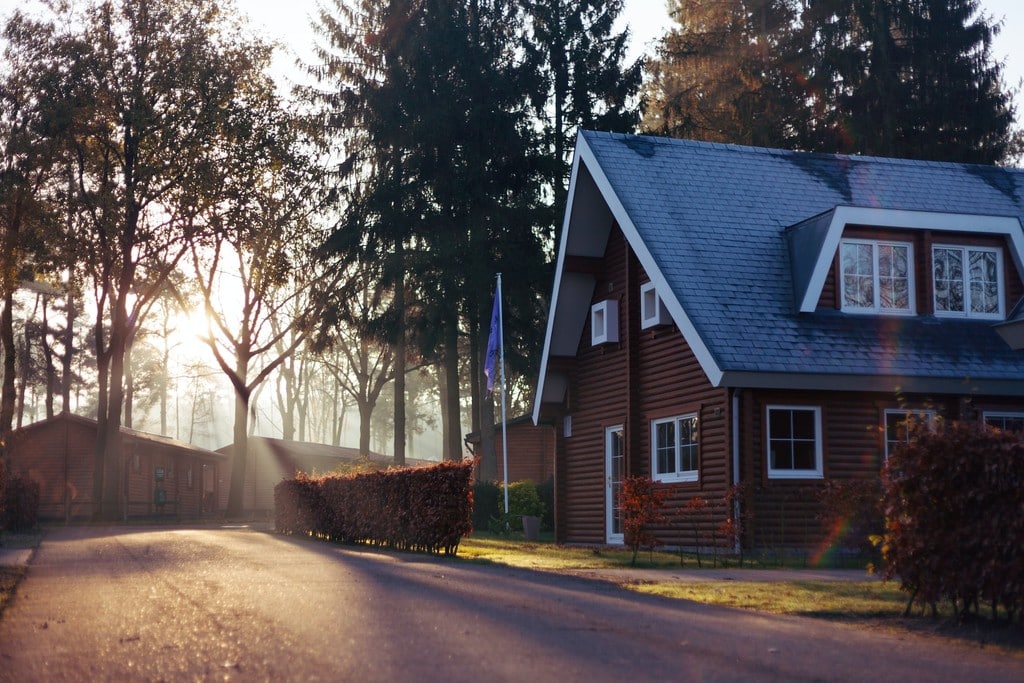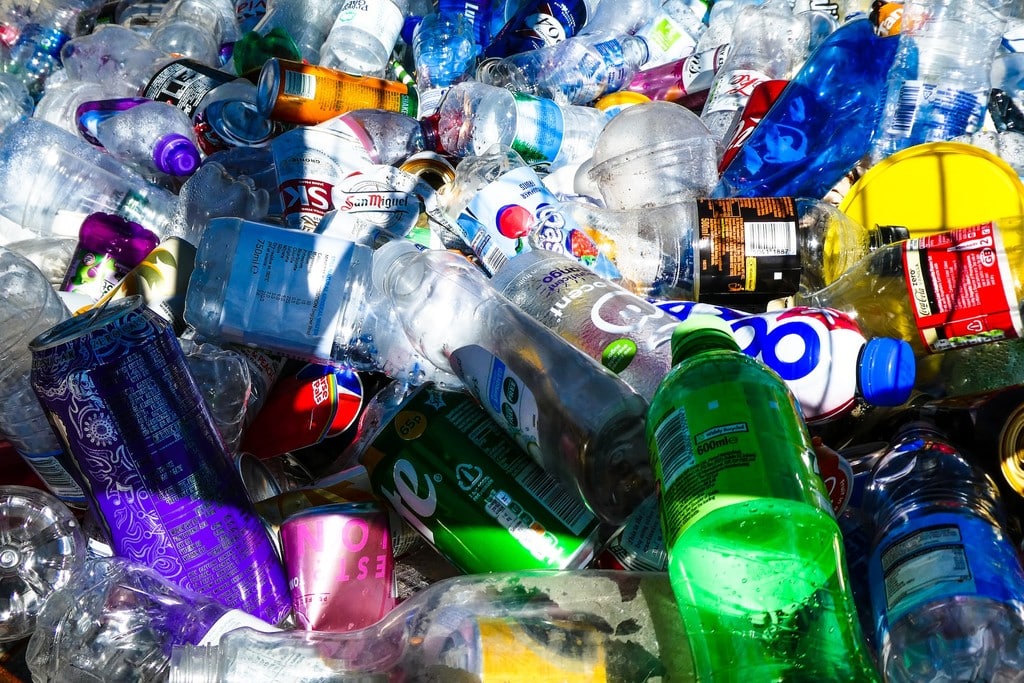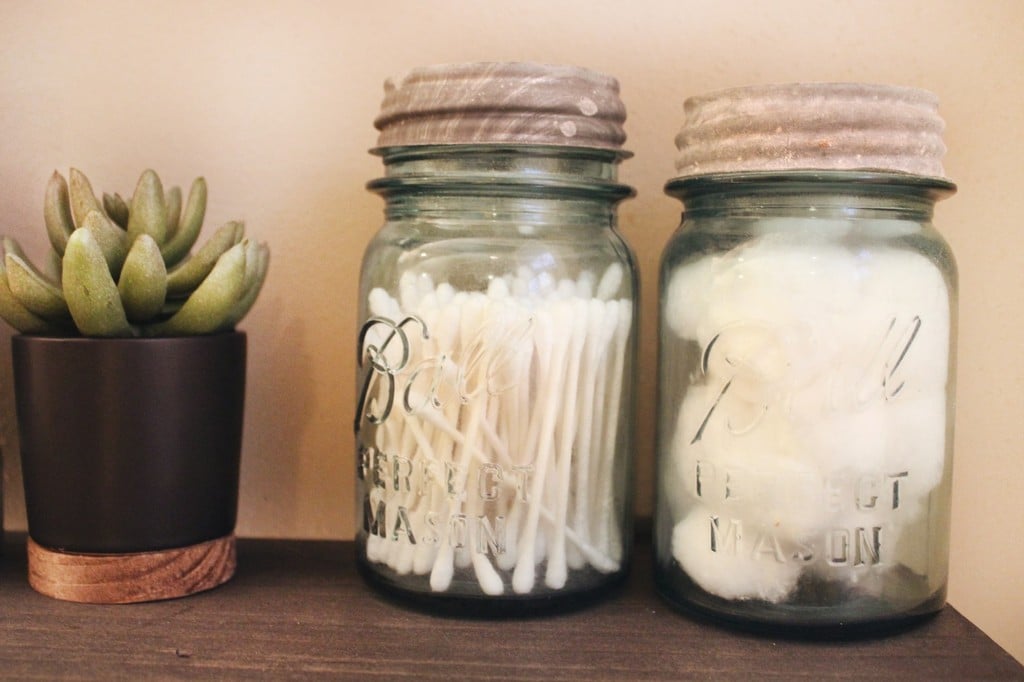In this article:
- What climate change means for homeowners
- Water infiltration
- Gutter system
- Solar shading
- Insulation
- Windows and doors
The prospect of climate change used to seem like some far-off thing. Now, the effects of climate change are bringing temperature changes, rising sea levels, heavier rainfall, wildfires, and more. As a current or prospective homeowner, you might think there’s not much you can do to protect your household from the effects of climate change, but that’s not true. Even one person doing something simple can make a change.
What climate change means for homeownership
Current and potential homeowners have a lot to worry about. You need to pay a mortgage and utility bills while maintaining the components of your household. Homeowner’s insurance can provide a certain amount of peace of mind (at least when it comes to recouping the financial loss resulting from a natural disaster). Still, it does nothing to help prevent issues altogether. While you can’t predict a natural disaster, you can take steps to mitigate the damage of potential climate hazards like changing temperatures or flooding.
Climate change and home buying
Alongside the traditional things that appear on a home buyer’s list of what they want in their new home, many are adding “climate change.” This term means they’re actively looking for a new home that isn’t in a flood plain or an area prone to wildfires. Being next to a river might provide beautiful vistas or ready access to water sports in the summer, but if the area gets heavy rain and the home isn’t far enough back from the bank, flooding may be a problem. If the house backs onto grassland or forest and is in an area that gets dry, hot summers, the potential for devastating wildfires may be a risk.
During the house shopping process, it’s critical to communicate with your agent, inspector, and even your insurance provider about potential properties. Your agent and home inspector can give you insight into the hazards in that location and how well your home will stand up to them. A home inspection report will give you detailed information about major parts of the home that have issues and even more minor maintenance that should be done for the home’s health. This gives invaluable insight into the home’s ability to sustain the weather.
How to protect your home

As a homeowner, you can take various steps to help protect your home from severe weather.
Water infiltration
Ideally, the ground around your property should have a gentle slope (grading) that allows water to flow away from your home, not toward it. If your yard doesn’t have a noticeable grade and you aren’t sure how rainwater moves in your area, all you have to do is watch. During the next rainfall, watch how rainwater drains from your home and whether it gathers in any area close to your home’s foundation. Based on your observations, work with a professional to grade your yard so your home’s foundation is protected in flood conditions.
Gutter system
A properly working gutter system is your most important defense in managing heavy rainfall. If your eavestroughs or drain pipes are blocked or damaged, they won’t effectively move the rainwater away from your home.
Additionally, if your system is blocked up, this may cause water to pool around the eaves or along the home’s foundation, potentially resulting in water infiltration in those places. A poorly functioning drainage system can have the opposite effect from what it’s meant for, causing water to pool in vulnerable areas.
Home inspectors must inspect the gutters and downspouts as part of their roof inspection. If this is noted as a problem area on your home inspection, it’s a good idea to address it as soon as possible.
Solar shading
Solar shading uses various methods to reduce the amount of sunlight and heat that reaches your home. This is more about indirectly combating the effects of climate change by avoiding exposure to extreme heat. This simple method of cooling your home means that your air conditioner won’t have to work as hard to maintain a comfortable temperature — resulting in lower utility bills. Solar shading techniques include:
- Installing solar shade window coverings is designed to help cool your home while protecting you from harmful UV rays. As a bonus, they are see-through and won’t deprive you of a beautiful view.
- Planting trees that block direct sunlight, particularly in the summer. Deciduous trees are particularly good options, as they allow light during wintertime.
- Adding exterior awnings or overhangs to your home to block out sunlight, especially during the middle of the day.
Insulation
A poorly insulated home makes you and your family more susceptible to extreme temperatures. It can also mean your heating and cooling system will have to work extra hard to maintain a comfortable temperature in any season due to air leaks. A heating and cooling system that has to work harder means using more electricity, and your utility bills will skyrocket. To ensure your home is properly insulated so your heating and cooling system can operate at peak efficiency, check your home’s insulation to ensure it is in good condition and has no gaps.
A home inspector will look at exposed insulation in accessible parts of the house, so pay extra attention to this on your inspection report. You can also look for common signs that your home isn’t properly insulated, like drafts, leaks, and pests.
Windows and doors
As with insulation, your windows and doors are also a first line of defense when it comes to protecting against extreme heat and cold. Drafts around these areas suck the heated or cooled air out of your home and cause your system to work harder to maintain a comfortable inside temperature. Either way, your heating and cooling system uses more energy to do its job. Having hung windows and doors with low air leakage means your heating and cooling system won’t have to use more energy to sustain a comfortable temperature.
What you can do about climate change

As a homeowner, there are many steps you can take at home to reduce your use of natural resources and carbon emissions.
Install a green roof
A green roof is roofing covered by vegetation and growing medium over a watertight membrane. This vegetation acts as natural insulation to reduce your home’s energy consumption, but they also have a few other surprising benefits. These include:
- Improvement of outdoor air quality
- Indoor temperature regulation
- Space for bee-friendly plants
- Space for urban farming
Opt for efficient appliances
While newer appliances, like dishwashers and washing machines, are generally far more water efficient than older versions, shop around for models with better efficiency. You may indeed save money by buying used appliances. However, newer water-efficient appliances will save you more money over time by conserving your household’s water consumption. Look for Energy Star-certified appliances – this is your assurance that an appliance is water and energy efficient. This is one area where paying a little more at the outset will help you save money and combat climate change long-term.
Consider a rainwater harvesting system
Gardens and green lawns sure look nice, but they require a lot of water to keep them looking healthy. If your area tends to get prolonged dry spells, keeping a rain barrel or two can help you keep your garden in good shape even when it hasn’t rained in a while. You could also consider creating your garden out of native plants – these plants will be adapted to the local environment and need less water to thrive. Harvested rainwater also provides clean water for pets or livestock or helps with cleaning inside the home.
Reduce energy and water consumption
Try these simple ways to reduce energy and water use:
- Turn off the lights when you leave a room
- Don’t leave the water running
- Choose water-saving options on your dishwasher and washing machine
- Unplug unused small appliances
- Choose energy-saving light bulbs
- Lower the heat a little and wear warmer clothes in cold weather
- Take shorter showers
These tricks may not seem significant, but they can go a long way to reducing your carbon footprint and sparing your bank account a bit of pain.
Avoid single-use plastic
While the use of recycled plastic is on the rise, plastic sadly doesn’t biodegrade — and new plastics are still in production. Single-use plastics can be found in prominent places (like shopping bags and food and beverage containers), but they can also be found in less obvious places (like disposable shaving razors). Avoiding buying beverages in plastic bottles is easy enough, but avoiding single-use plastics altogether is slightly different. Still, you can take steps in that direction by using cloth shopping bags, drinking from a reusable water bottle or cup, and buying a good quality shaving razor.
Reduce, reuse, and recycle
Recycling is on the rise, but not all plastic, metal, glass, and paper products make it into the recycling bin. As mentioned above, there are easy ways to reduce or reuse your plastic and aluminum containers. For example, glass jam jars can be sterilized and reused as convenient containers for leftover food or your preserves. Larger containers are great as storage bins – some grocery stores will even allow you to bring your clean containers to weigh dry goods. As added encouragement, several states have adopted a deposit refunding program for beverage containers, so it may be worthwhile to find out if your state offers this.
Use eco-friendly cleaning products
It’s a cinch to make any cleaning routine more eco-friendly. As a bonus, adopting cleaning methods is also far less expensive than traditional methods — but just as easy. You can get on the path to green cleaning by using the two solutions below.
- White vinegar: White vinegar is an effective window cleaner and general cleaner for your kitchen and bathroom.
- Baking soda: Baking soda can stand in for any scrubbing powder, with plenty of rinsing. To unclog them, you can also pour baking soda down a slow drain, followed by white vinegar.
Reduce fuel consumption
Fuel is used in the home, garden, and vehicle. Fuel consumption at home can come in propane or natural gas for cooking and heating, while the fuel used in your yard and car tends to be gas. Conserve fuel use at home by reducing the temperature and not using stove burners longer than needed. Fuel conservation is a little easier with your lawn care tools and vehicle. You only need to mow your lawn less often and avoid wasting gas on needless trips.
Shop locally and sustainably
Aside from the fact buying locally helps boost the local economy, it also means food and other products don’t have to travel long distances to get to you. This simple act reduces the use of fuel for transport and the cooling needed to keep food fresh. While these fuel and energy savings don’t impact you directly, they go a long way toward reducing your carbon footprint.
Dispose of waste safely
You can separate household waste into compost, recyclable, and non-recyclable materials. In the case of chemicals and solvents, consult your municipal government to learn where to dispose of them safely. Typically, you’d bring chemicals and solvents to specific waste management depots rather than the landfill or down the drain. Some municipal governments have compost programs, but if yours doesn’t, consider composting or giving it to a neighbor. You can recycle materials through local programs, but electronics are usually taken to waste management depots to be broken down and recycled.
Final thoughts

The risk of climate change hazards can make the prospect of owning or buying a home more daunting, but you can do plenty of things to make it easier. By following the tips in this article, you can improve sustainability at home, reduce your carbon footprint, and take steps to combat climate change.

